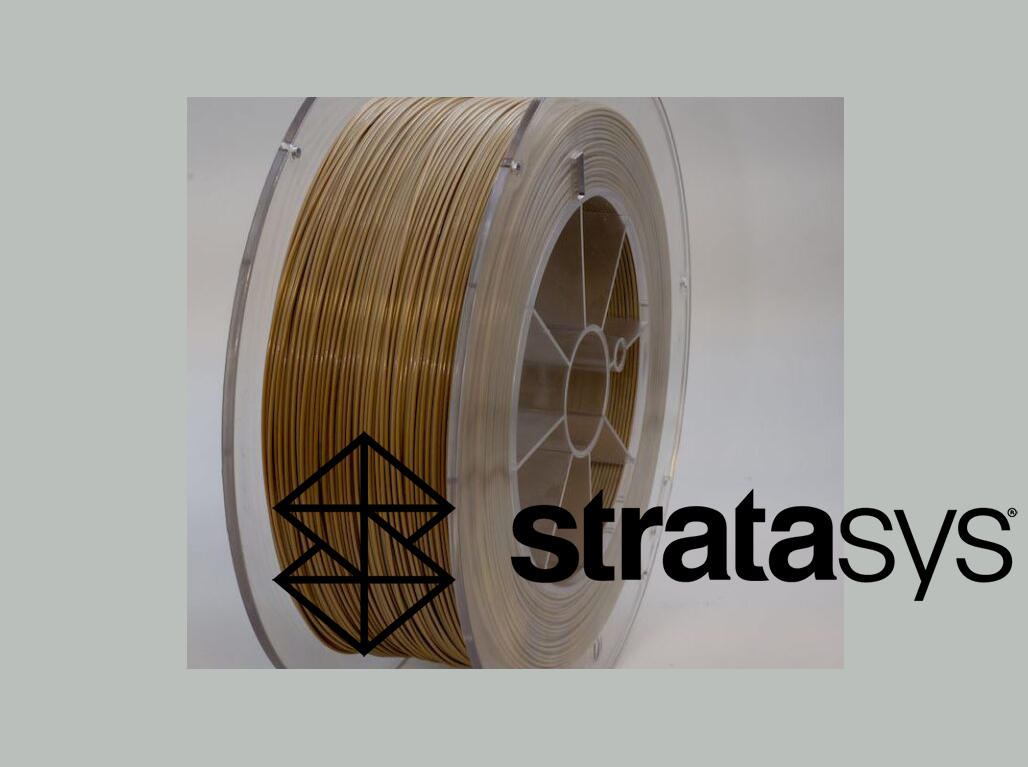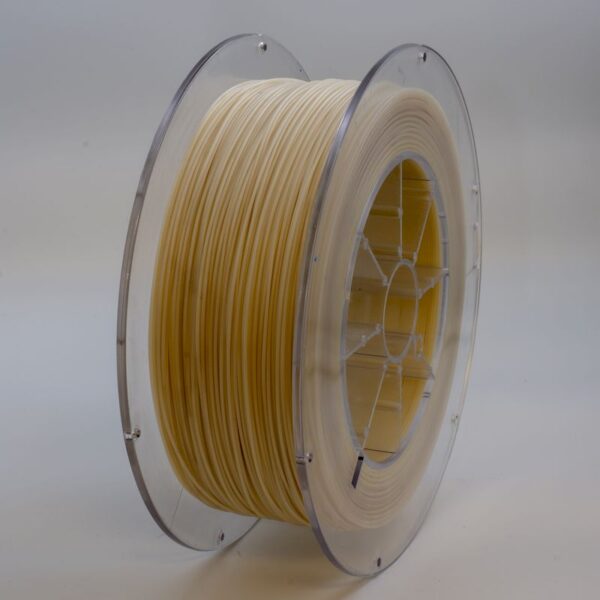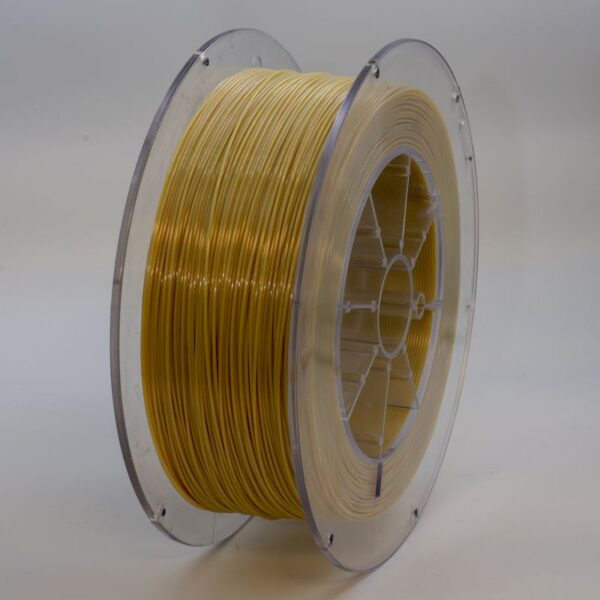FDM Materials Stratasys Guide – Tips for 3D Printing with Stratasys PC Support

Support materials don’t always get the attention they deserve, but when you’re printing with engineering-grade thermoplastics like Polycarbonate PC or PC-ABS, the right support can make or break your print. That’s where PC Support earns its spotlight. Specifically developed to handle high-temperature environments and maintain dimensional accuracy, this material is essential when working with complex geometries.
In this article, we’ll take a closer look at what makes PC Support so valuable for additive manufacturing professionals. We’ll explore the necessary hardware requirements, best practices, advanced tips, and its compatibility with other FDM materials such as Ultem™ 9085, Nylon 12 CF, and PC-ABS FR UL94 V0. If you’re using a Stratasys Fortus printer and looking to streamline post-processing while increasing design flexibility, read on.
Hardware Requirements
To print successfully with PC Support, your system must meet strict industrial standards. Here’s what you’ll need:
- Stratasys Fortus System: Industrial printers like the Fortus 450mc or 900mc are fully compatible with PC Support and provide the necessary temperature control.
- Dual Extrusion: A dedicated second nozzle is essential for support material. Don’t rely on manual swaps or workarounds.
- Heated Build Chamber: Maintain temperatures above 70°C to ensure layer adhesion and reduce warping.
- High-Temperature Hotends: PC Support prints at around 280°C, so your extruders need to be capable of operating at high heat consistently.
Best Practices
PC Support may seem straightforward, but following these practices will help you avoid common issues and optimize print quality:
- Use material-specific profiles: Tuning your slicer for the exact model material—be it PC-ABS or Ultem™—will yield the best results.
- Keep it dry: PC Support is hygroscopic. Moisture will lead to poor extrusion and bubbling. Use a filament dryer or store it in a dry box.
- Refine your purge strategy: Transitioning between high-temp materials can contaminate nozzles. Set up efficient purge towers to maintain clean extrusions.
- Design for support: Take advantage of the freedom PC Support provides—print overhangs and internal cavities without compromising print integrity.
Tips
Here are some additional insights based on practical experience:
- Let the part cool gradually: Removing parts too soon can cause warping or cracks. Allow them to cool inside the chamber for best results.
- Use the right solvent: PC Support is not water-soluble. Always use the recommended solvent for clean, safe removal.
- Adjust support density: Balance is key. Too much support wastes material; too little compromises print quality.
- Pair with high-temp materials only: PC Support excels with filaments like Ultem™ 9085, PEKK, and Polycarbonate PC. Avoid pairing it with low-temp options such as ASA or TPU 95A.
Related Materials
If you’re using PC Support, consider these compatible industrial-grade thermoplastics:
- PC-ABS: A balanced blend of heat resistance and impact toughness.
- PC-ABS FR UL94 V0: Flame-retardant for use in aerospace and transportation.
- Ultem™ 1010 / Ultem™ 9085: High-performance polymers for critical applications.
- Polycarbonate PC: Transparent, rigid, and thermally stable.
- Nylon 12 CF: Carbon fiber-reinforced for lightweight yet durable parts.
- ABS / ABS-ESD: A reliable choice for enclosures and electrostatic-sensitive environments.
Conclusion
PC Support isn’t just a convenience—it’s a critical element in advanced 3D printing workflows. It empowers you to print geometries that would otherwise be impossible or extremely difficult with breakaway supports. On professional systems like the Stratasys Fortus line, it ensures clean separations, minimal post-processing, and greater overall design freedom.
With proper hardware, drying procedures, and solvent use, PC Support proves to be one of the most reliable support materials for engineering-grade projects. It maintains structural integrity during printing and dissolves cleanly when needed, reducing time and cost in post-production.
Whether you’re building aerospace fixtures, medical prototypes, or functional tooling, integrating PC Support into your material strategy can drastically improve workflow efficiency and part quality.
Need PC Support filament for your Stratasys Fortus system? Additive 3D Link provides a wide selection of FDM materials compatible with Fortus printers, including PC Support, Ultem™, and PC-ABS. With fast European shipping and dedicated technical support, we’re here to help you succeed.




